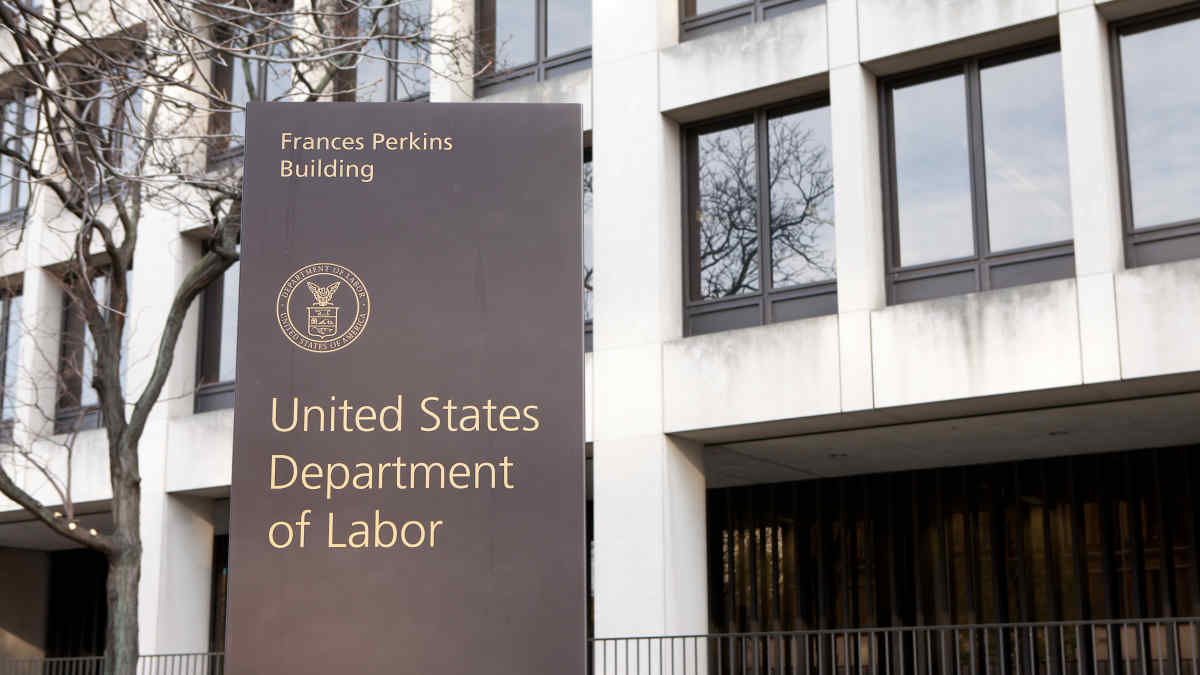

?The Office of Federal Contract Compliance Programs (OFCCP) recently released demographic data from more than 19,000 federal contractors—creating concern among the companies over how competitors may use the data.
In August 2022, the OFCCP announced it had received Freedom of Information Act (FOIA) requests for federal contractors’ Type 2—or consolidated—EEO-1 reports from 2016 to 2020. Among them was a request from Will Evans, a writer with the Center for Investigative Reporting, who wanted information shedding light on a lack of diversity in contractors’ workforces, said Cara Crotty, an attorney with Constangy, Brooks, Smith & Prophete in Columbia, S.C.
At that time, the agency gave contractors the opportunity to object to the release of their EEO-1 reports and stated that the agency would only release the EEO-1 reports of contractors that did not object. On April 17, the OFCCP’s disclosed the EEO-1 reports of federal contractors that had not objected.
Type 2 Report
The EEO-1 Type 2 report is a summary report of demographic data of a company’s employees that qualifying employers file annually, said Lauren Hicks, an attorney with Ogletree Deakins in Atlanta and Indianapolis.
The Type 2 report includes demographic data for certain U.S. employees of the company—without a breakout of establishment or work location—classified by race/ethnicity, sex and job category.
The most recent release of data was published in Excel files on the OFCCP’s website, making it easily searchable but not very clear for an average reader who doesn’t understand the report’s contents, Hicks said. In addition to the demographic data, the spreadsheet provides basic identifying information including the company name, address and year of each filing.
This information can provide a high-level overview of a company’s demographic data and trends. Employers can use the data to demonstrate their diversity, equity and inclusion (DE&I) efforts or to improve accountability. For parties other than the employer that may have an interest in the data—such as employees, business partners or clients—the release of the information creates new access and transparency around the aggregated company demographics, Hicks noted.
Many employers were already releasing this type of information in public environmental, social and governance (ESG) disclosures or public statements, said Joanna Colosimo, SHRM-SCP, vice president of workforce equity and compliance strategy and a principal consultant with DCI Consulting Group in Washington, D.C.
“In many cases, employers were choosing the data points from the EEO-1 consolidated reports to release in their own disclosures. However, once employers went on record reporting this information in an ESG report, it became a more difficult argument to articulate why they would object to an FOIA release of the same type of information,” she said. “Some employers are reviewing their strategies for public disclosures to balance transparency and risk given this circumstance.”
Potential for Misuse of Data
“It is important to remember that the EEO-1 report collects data by broad EEO-1 category,” Crotty said. “There are 10 different occupational categories, and all employees must fit into one of these broad groups. Thus, groups of nonsimilar and incredibly divergent jobs end up combined together, even though there is no reasonable basis for considering them similarly situated. Drawing conclusions based on demographics from one of these groups can therefore be misleading,” she said.
Crotty added that the EEO-1 reports provide information that could potentially be useful to competitors, such as how many employees a company had each year, the changes in the number of employees from year to year and how many employees are in each EEO-1 category.
Depending on how the information is used, the release of the data could misrepresent recruitment, hiring and employee trends, said Sheila Willis, an attorney with Fisher Phillips in Columbia, S.C. “The information could paint an inaccurate picture of a company’s workforce, given the age of the data requested,” she said.
The data is between three and seven years old, noted Alissa Horvitz, an attorney with Roffman Horvitz in McLean, Va.
“The problem that executive agencies are facing is that a smaller and smaller number of employers are willing to undertake the massive initial investment to become government contractors and comply with complicated regulatory requirements,” she added. “Fewer and fewer organizations are willing to do business with the government because of all the obstacles, so the government has no choice but to keep contracting with the remaining companies that are left in that industry, whatever their diversity data looks like.”
However, Hicks said a trend started after 2020 to allocate more resources into DE&I initiatives. “So, the age of the data may reveal demographic information that fails to highlight more recent diversity successes,” she noted.
More Disclosures Ahead
Those contractors that objected to disclosure of their data must wait to hear more information from the OFCCP regarding individual determinations. The review is expected to last through at least September, Hicks said. If the OFCCP rejects an objection, it will provide the objector with written notice of its determination and a specified disclosure date. The agency might present the business with an opportunity to provide additional information regarding issues such as whether the entity met the EEO-1 definition of a federal contractor during the period, she noted.
“Because the EEO-1 Type 2 data has not been released on a large scale before, it will be noteworthy to see how third parties, including the requesting reporters, may use the data to review industry or individual employer demographic trends,” Hicks said.
The release is significant because it could open the door to additional requests, she added. “With the aggregated demographic data of a company in the public sphere, does that open the door to requests for more granular information, such as employee demographics by location, division or department?” Hicks asked. “Are companies prepared for how they might handle these requests from employees or business partners?”

